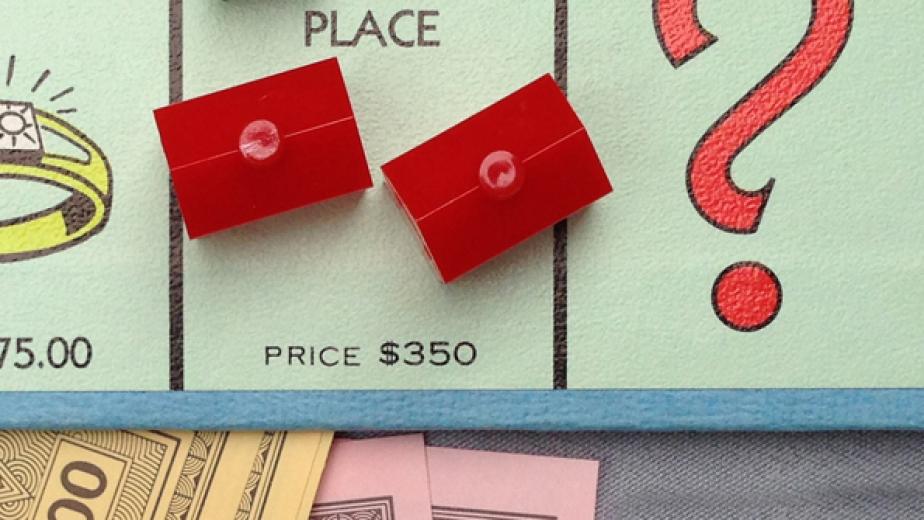1 6
1 6
Competition from new hotel rooms will shake up the hotel business over the next year. Cities where new construction is difficult will continue to strengthen, while new hotels will finally start to open in cities where it is easier to build.
For years, the hotel business benefitted from strong demand for rooms and almost no new construction. This year, the industry is on track to nearly match the last year’s record-breaking performance. “There are a lot of markets that are really, really strong,” says Jeff Myers, manager of U.S. market research for CoStar Portfolio Strategy.
San Francisco is one of the strongest markets for hotels in the country—and it’s getting stronger. Demand from tourists and the booming tech business helps fill rooms, which have been 84.5 occupied on average so far this year, according to STR, a Hendersonville, Tenn.-based firm that tracks supply and demand data for the global hotel industry. That’s the second highest occupancy rate in the country, behind only the small market of Oahu Island, Hawaii.
“San Francisco is definitely a standout market,” says Myers. Developers will add just 2.0 percent to the inventory of hotel rooms in the city in 2016 and 2017, according to CoStar. “It is very hard for hotel developers there to compete for land, compared to other property types.”
The hotel rooms in New York City will soon have a lot of competition from new development, but so far this year an average of 83.8 percent of the hotel rooms have been occupied, according to STR. That’s the third highest occupancy rate in the country.
“Developers are active there,” says Myers. The inventory of hotel rooms in New York is anticipated to grow by more than 12.0 percent in 2016 and 2017, according to CoStar. Developers have found places to build in sub-markets like downtown Brooklyn and also as part of mixed-use developments in the top neighborhoods of Manhattan.
Los Angeles is another big city where hotel rooms are in demand—82.8 percent of its hotel rooms have been occupied on average so far this year, according to STR. That’s the fourth highest occupancy rate in the country.
Developers are finally building a few new hotel projects to meet the demand—the inventory is expected to grow by more than 4.0 percent over the course of 2016 and 2017, according to CoStar. “Los Angeles was slow to ramp up its new construction,” says Myers.
Hotel developers are actively building in Chicago, converting older office buildings into new hotel properties in neighborhoods like the downtown Loop. The inventory of hotel rooms in the city is anticipated to grow by about 5.0 percent in 2016 and 2017.
Competition from new construction has kept the percentage of occupied hotel rooms to 68.3 percent so far this year. That’s not terrible, but it's the lowest average occupancy rate of any city in the U.S. with more than 100,000 hotel rooms, according to STR.
Developers are finally adding new hotel rooms in Atlanta, where the inventory is expected to increase by more than 3.0 percent over 2016 and 2017, according to CoStar.
“Hotel construction there has been really slow to ramp up,” says Myers. Just a year and a half ago, Atlanta’s inventory of hotel rooms was shrinking, as developers converted older hotel rooms to other uses, like student housing.
More than 70 percent of the city’s hotels beds, on average, have been occupied so far this year, according to both STR and CoStar.

